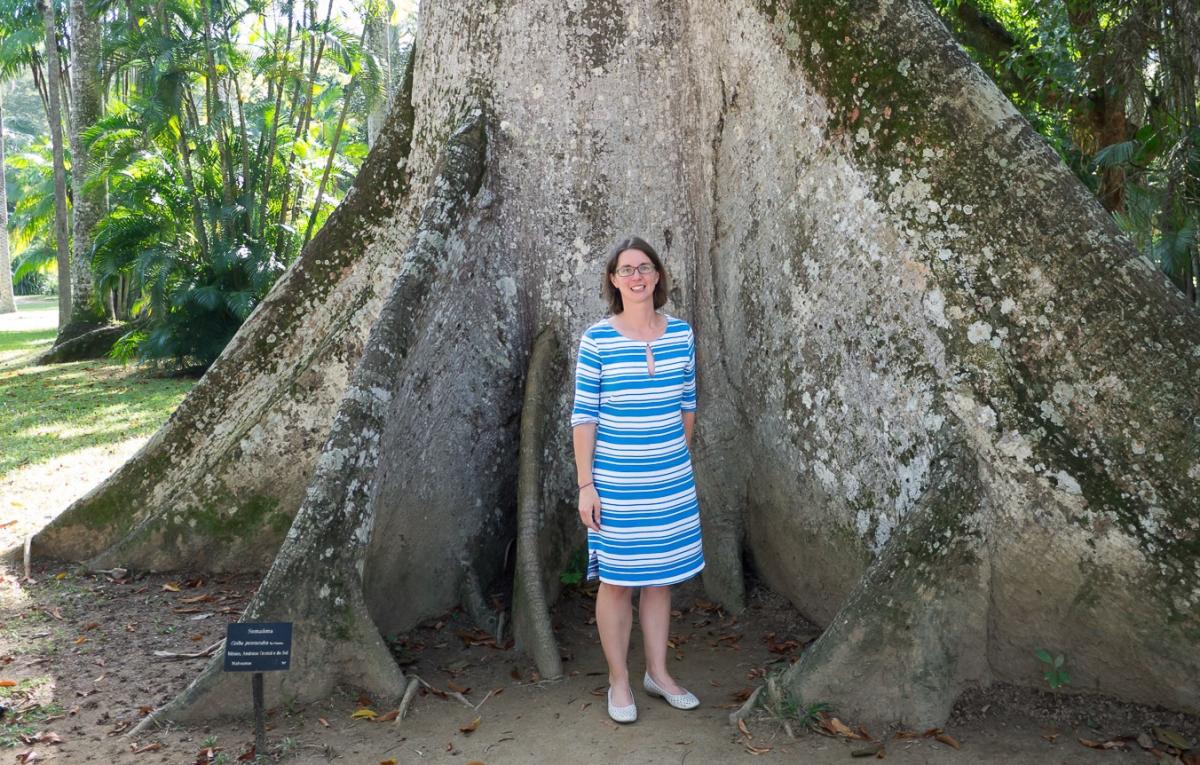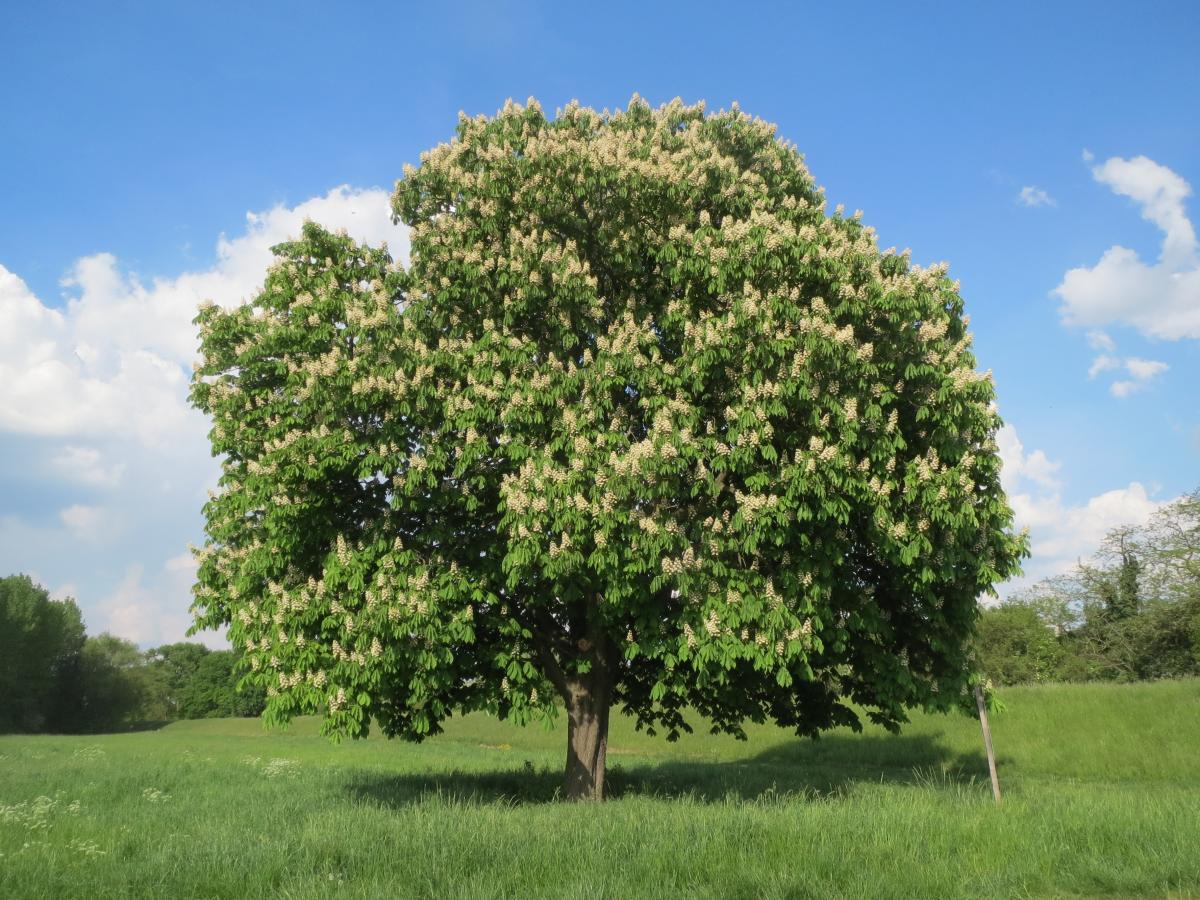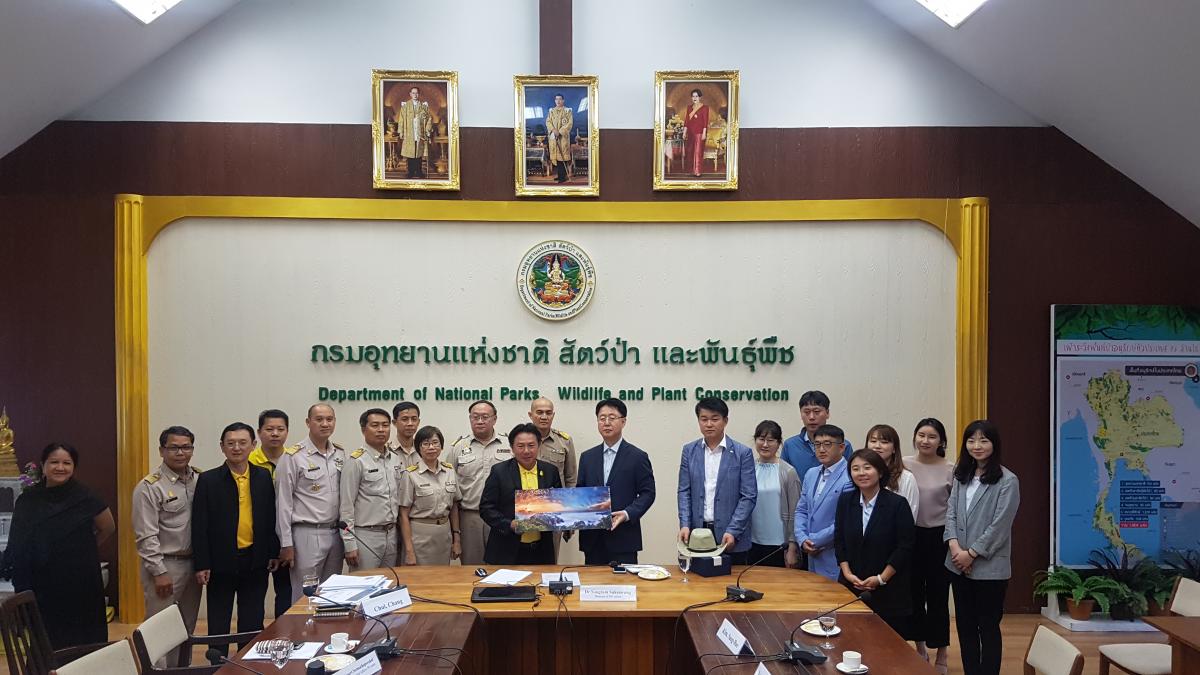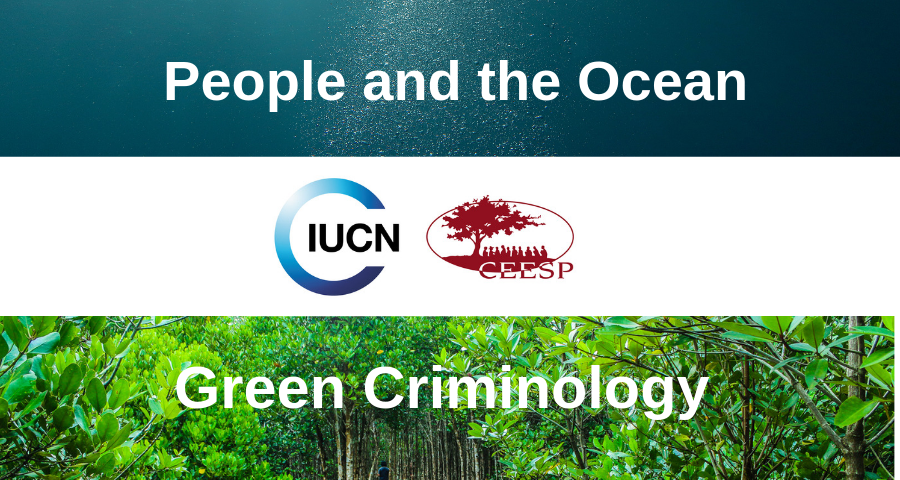Our Red List Species Assessors: giving a voice to trees and shrubs, an interview with Dr Malin Rivers
Plants are the cornerstone of life, providing oxygen, shelter, food and medicine for humans and animals alike. In this interview with Dr Malin Rivers, a tree expert and Red List Manager based at Botanical Gardens Conservation International (BGCI), she talks about her work and involvement in trees and shrubs research and conservation.
This is the fourth of a series of interviews with our Red List Species Assessors currently involved in IUCN’s LIFE European Red Lists project. In this edition, our interviewee is a tree expert but past and future interviews have and will profile saproxylic beetle, bryophyte, lycopod and fern, terrestrial mollusc and other plant experts. The project aims to assess the extinction risk of these species groups, and will contribute to guide policy decisions and conservation actions at the European level. Read past interviews of this series here.
From very early on Dr Rivers was fascinated by plants. “The focus has always been on charismatic animals but there are so many plants out there and their voices are not as loud. That’s why I’ve always been particularly interested in plant conservation.”
Dr Rivers focused her interest in plant conservation further during her Masters in plant conservation at the University of Birmingham, England, after which she started working on African plants at the herbarium of the Royal Botanical Gardens, Kew. After a few years, she went on to do a PhD at University of St. Andrews in Scotland, where she evaluated the success of undertaking conservation assessments based on specimen and genetic data. Her studies led her to her current job at Botanical Gardens Conservation International (BGCI) where she runs the Red List Programme as the Red List Manager.
Often taking a taxonomic or geographic approach to their red listing, some of BGCI’s latest projects have focused on the assessment of Magnolias (Magnoliaceae), Oaks (Fagaceae) and Maples (Sapindaceae). Recent regional or national projects include assessments of trees in Fiji and the current European Red List of trees and shrubs project. “We do many Red List assessments in-house, but we also do a lot of capacity building and training with botanic gardens and other partners. We work in areas that our partners are interested in or where we have links, grants or ongoing projects happening.”
Dr Rivers is the Secretary of IUCN SSC Global Tree Specialist Group (GTSG), which focuses on promoting and implementing the IUCN global red listing of trees. The group also acts in an advisory capacity to the Global Trees Campaign – a joint initiative between Fauna & Flora International and BGCI. One of the Global Trees Campaign initiatives is the Global Tree Assessment, which aims to assess all tree species around the world by 2020. “We have recently determined that there are a total of 60,065 tree species worldwide. Between IUCN Red List assessments, national or preliminary assessments of highly widespread, common species, we believe we already have assessments for around 20,000-30,000 species. That leaves 30,000-40,000 assessments still to do in the next few years.”
A lack of data is still a major factor limiting the achievement of conservation goals and one of the more challenging aspects to Dr Rivers’ work. She is currently assessing the extinction risk of European trees as part of the LIFE European Red Lists project, which is assessing the extinction risk of all European trees and selected shrubs, among other species groups. The Global Tree Assessment and the IUCN European Red List assessment are important projects that help alleviate this lack of data and enable more informed conservation decisions. “Before we started the European Red Listing project of trees, we didn’t even know how many trees we had in Europe. Now we know not only which trees are found in Europe but also the conservation status of all these tree species.”
More importantly according to Dr Rivers, the European Red List assesses comprehensively these groups, gathering species-specific information on their distribution, habitats and threats, which can be used to set more informed conservation priorities. “Having the full picture by assessing an entire group of species is important, because it puts the assessments into a bigger context. A comprehensive understanding of the status of a species compared to related species, allows conservation decisions to be made for the benefit of all species, or as many as possible, as opposed to just one species.”
Despite the challenges at times of finding the necessary data for assessments, this is often the most rewarding part of Dr Rivers’ work, since talking and learning from experts who work with species on the ground is an aspect she enjoys the most. “There is an enormous wealth of knowledge out there and people are often very keen to share; they really want to help give trees a voice.” As part of the European Red List project, different experts were consulted throughout the process and around 40 experts took part of the review workshops.
As for Dr Rivers’ favourite European tree species: the Horse Chestnut (Aesculus hippocastanum). “It’s widely cultivated in Europe but it is only native to southeastern Europe. In fact, it is Near Threatened in its native habitat (Bulgaria, Greece and Macedonia), due to deforestation and forest fires as well as impacts from pests. Many people may not know about its plight in its native habitat, as it is so commonly planted across Europe.”





